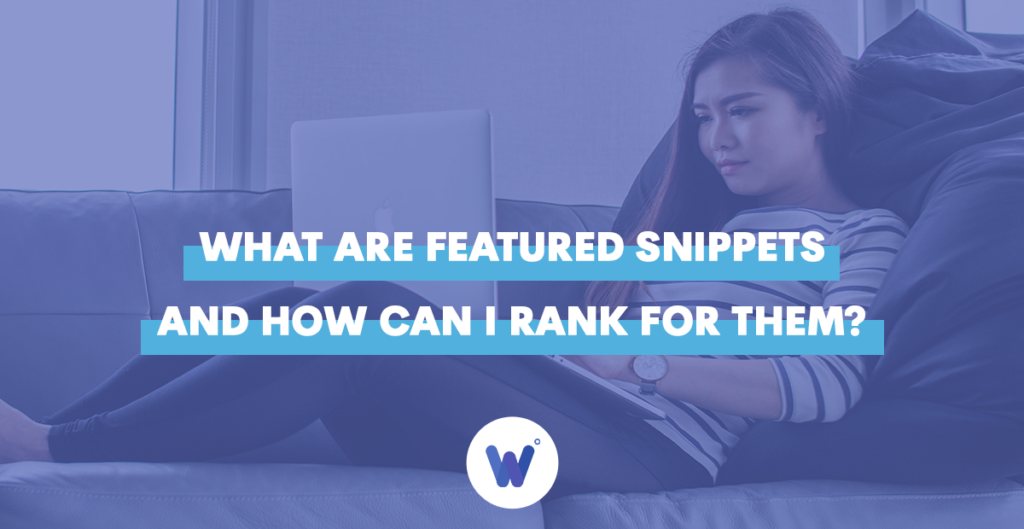
Most content marketers are typically hard at work finding new and improved ways to get their clients’ sites ranking high in the SERPs. They want that top slot of rank one in the search engine results.
Position one is great. But what about rank zero?
If you’ve ever heard of “rank zero” before, it’s referring to featured snippets. Trying to rank for featured snippets gives you a chance to help your content gain visibility and hopefully attract more clicks, even if you’re writing on similar subjects or keywords that higher authority sites are writing about, too.
Ready to start optimizing your content for rank zero? In this post, we’re going to go over how to rank for featured snippets, why they matter, and how you should be incorporating them into your content strategy.
Effortlessly export your Google Docs to WordPress with just 1-click.
Get Started Today
Featured snippets are brief sections of content that appear at the very top of the search engine’s results that exactly answer a specific user query.
They commonly appear as plain text that’s just a sentence or two long, but they can also take the form of lists, definitions, and tables.
You see these all the time. If I ask Google about the best sustainable brands this year, they’ll produce this list, breaking down much longer content to give me a succinct answer:
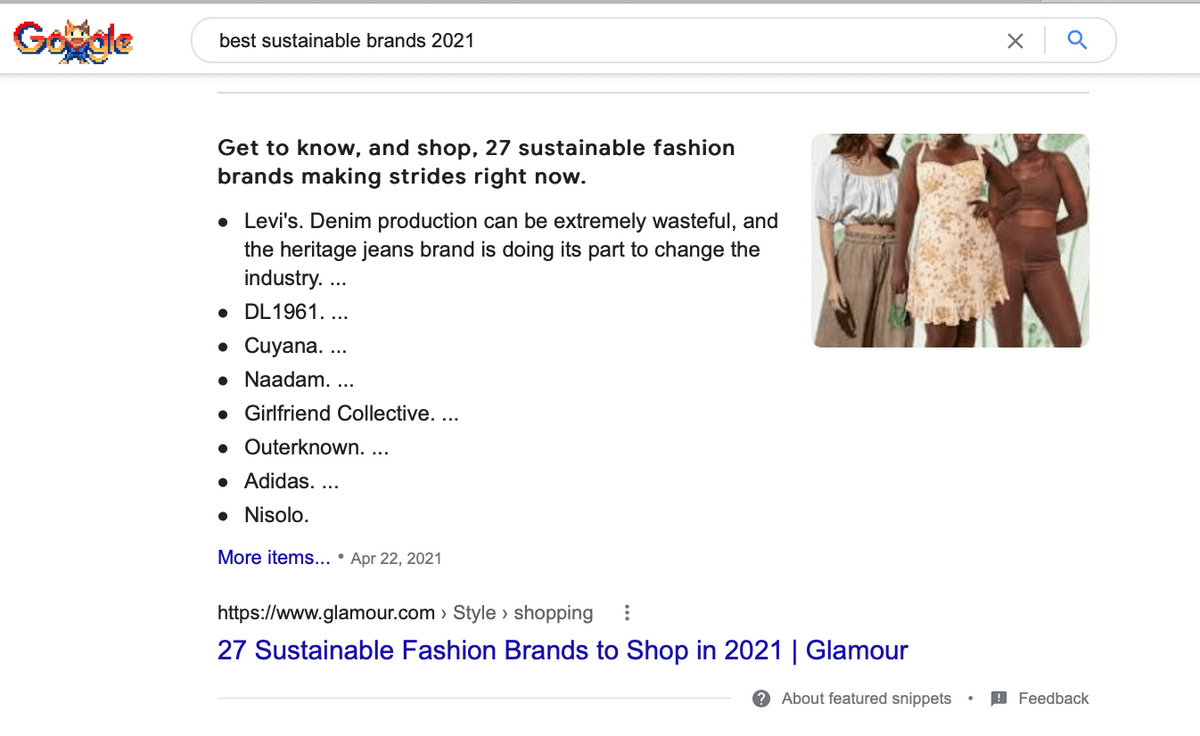
And if you have a question like “how much is hip replacement surgery,” you’ll get a direct answer like this:
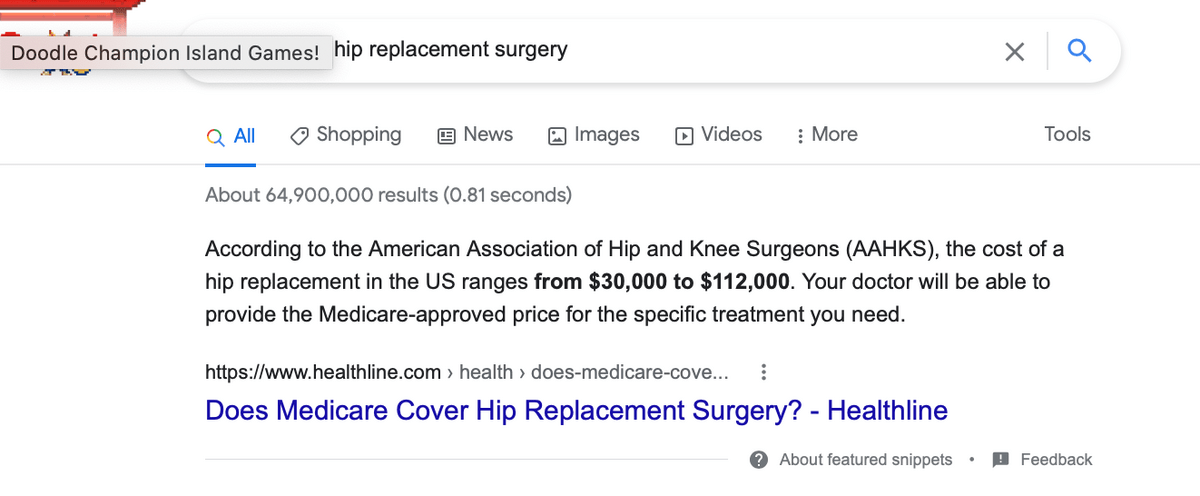
Featured snippets are automatically pulled from Google’s web index; it’s not the same thing as something like a meta description, which you get to manually set. If your answer is the most relevant, direct, and authoritative, you’ll likely be the one who gets the snippet.
Having any amount of content (even just a few lines) showing up right at the top of the SERPs is invaluable. It’s why featured snippet spots are so coveted and many experienced content marketers try to vy for them: There is nothing above you (except ads in a few rare cases) and you’re set apart from the rest.
It doesn’t hurt that in many cases, featured snippets may also be separated from standard search content by the “People Also Ask” section, which is also a chance to rank well for relevant questions users may be interested in.
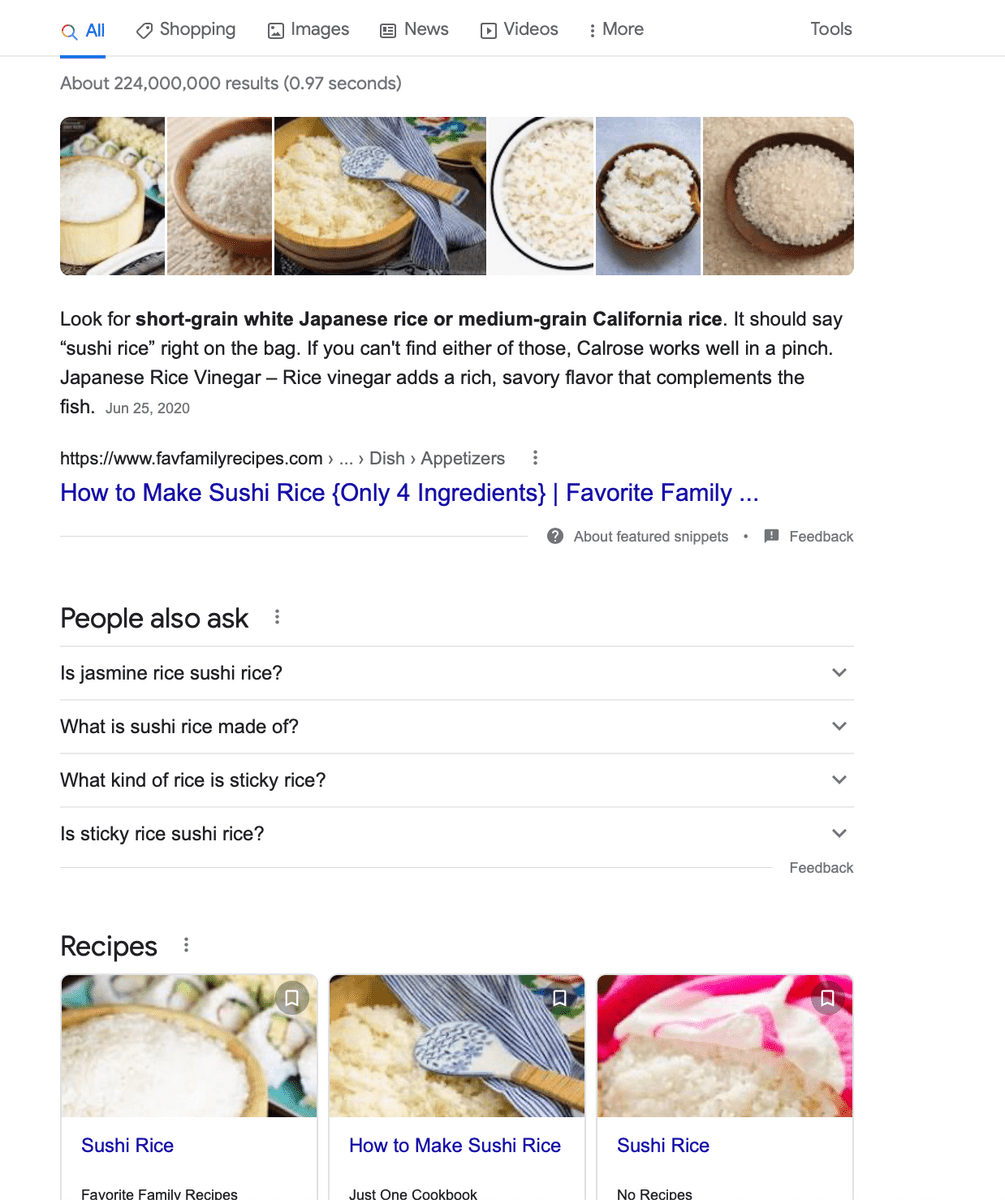
I’ve heard people say “well these queries don’t matter because people get the answer they want and then just go about whatever they were doing.”
Featured snippets definitely do matter and can have a big impact on your visibility for two core reasons:
Keep in mind that many users, too, automatically (even if subconsciously) realize that many top results for most searches are in-depth, authoritative, and likely going to give them the answers they need.
This means they’re more likely to trust the featured snippet, even in addition to clicking it just because it happens to have the most visibility.
A study by Ahrefs found that about 8.6% of clicks in a SERP go to a featured snippet, and 19.6% go to the first “natural” result under the snippet. This is a solid percentage, especially since you may rank for a featured snippet that you might not otherwise get a top-five slot for organically for the keyword itself.
This can happen if you answer a user’s search intent directly for “what kind of rice do you use in sushi” even if your post is “how to make sushi rice.” Different keyword, right answer.
Almost 20% of SERPs have featured snippets, and some are easier to rank for than others. An enormous number of the featured snippets out there are content-focused, based around answering a user’s question instead of suggesting a specific product.
This aligns with many brands’ value-first, resource-first approach to content marketing (which is the correct one!).
And since these may be high intent users, even better.
If I’m researching “total canine hip replacement costs,” for example, I have a clear reason for wanting to know this: I may be researching this because I’ve been told my dog has hip dysplasia. If I click on a post from a local surgeon explaining the costs and procedure and they’re local, maybe they’ll be the ones that I hire. It’s content-based, but it’s high-intent.
Want to shoot your shot at ranking for featured snippets? While nothing is ever a done deal (just like every other part of trying to improve your positioning in the SERPs), there are a few crucial steps to follow to increase your chances of getting rank zero.
A simple and solid strategy to rank for featured snippets is to ask the question that users may be entering into the search bar and then answering it immediately and directly.
If you look above, we actually did this with our “ what are featured snippets” section. Our H2 was the question “What are featured snippets?” and the paragraph immediately launched into a short but clear answer.

You can try to rank for multiple featured snippets that aren’t even your target keyword for an overall post. In order to have your best shot at this, of course, we recommend doing keyword research.
We already know that you can treat featured snippets like mini bits of content that you can optimize for. In order to do that, you want to know what information people are looking for and what specific phrases they’re using to look for it.
Say I’m writing a post meant to teach users how they can build their own PC from scratch. I choose the target keyword “How to build a computer.”

Awesome. When you’re creating content it’s already helpful to get a good idea of what questions people ask related to this main query.
First, I like to Google my target keyword and look at the “People also ask” section. This gives you a list of great relevant questions that you can consider implementing into your post, even if they’re short sections that are only a few sentences long.
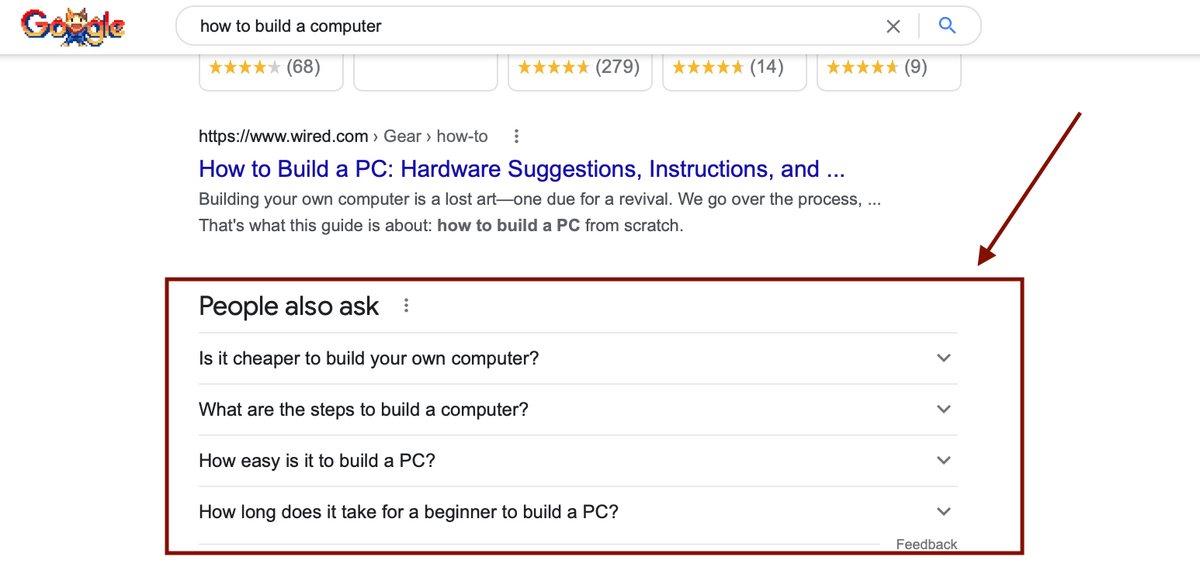
I’ll also go to additional keyword research to look for featured snippet opportunities. I use Semrush’s Keyword Magic Tool, which has a “question” feature that allows me to see question-only keywords.
I search for “how to build a computer” and select “questions” and highlighted the following keywords that might be relevant to my post, which include questions about how much it costs to build a computer, what are the steps of building a computer, and how long does it take.
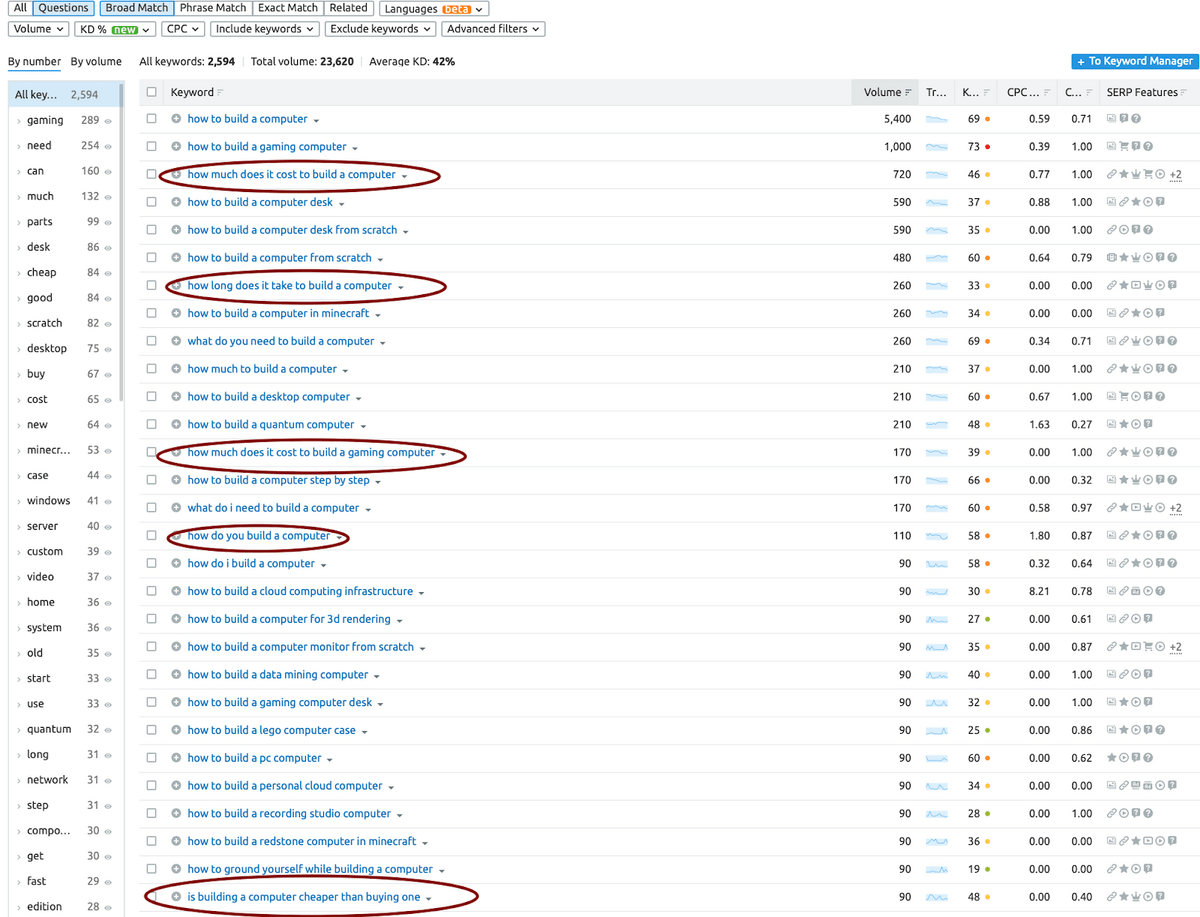
I can then make sure to incorporate these into my post.
Remember that you don’t have just one chance to rank for a featured snippet on each post; you can try to optimize for as many as possible.
When you search for different specific questions around the causes of skin cancer, for example, you’ll see these two results. They’re all from different posts, but theoretically, you could write a single post that can rank for different snippets.
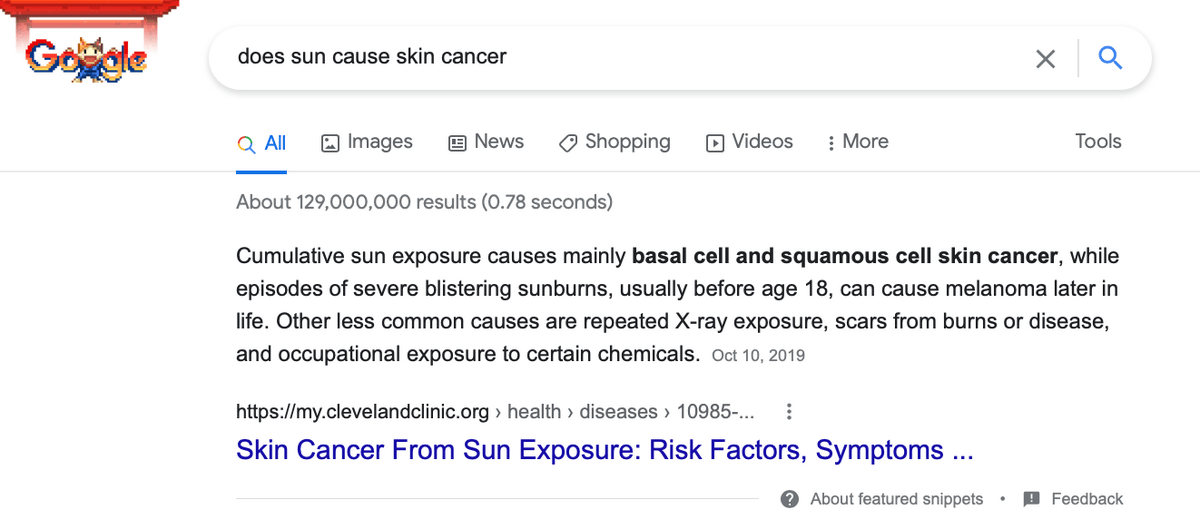
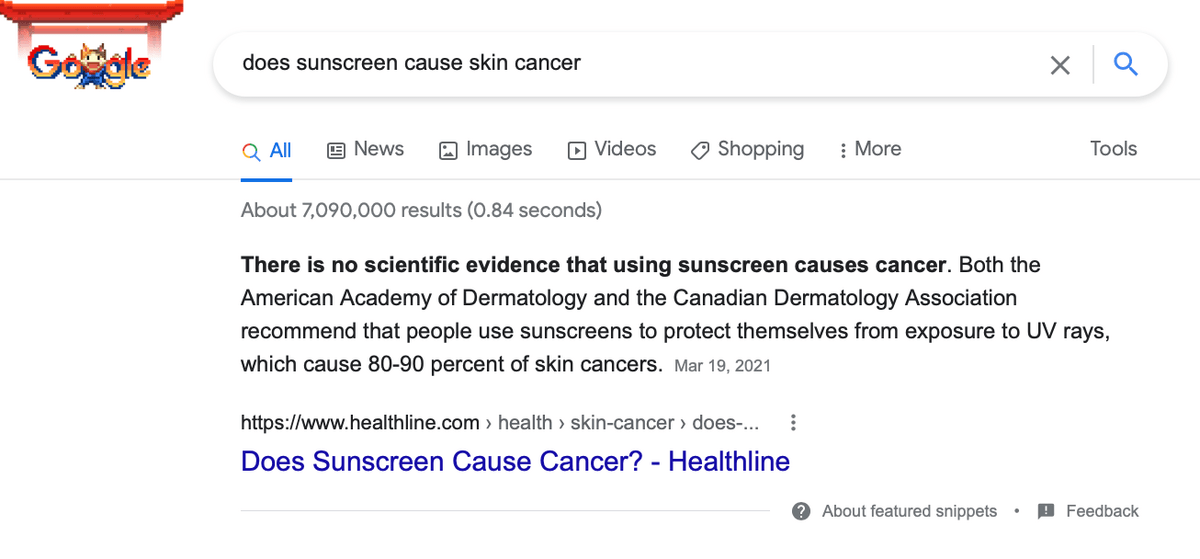
This gives you the best chance of actually ranking for that prime slot.
This is relatively easy to do. If I’m writing a guide about how to select houseplants and my keyword research shows that people are asking questions like “what are low light houseplants” or searching for “air-purifying houseplants,” I might start to structure that post like this:
Introduction
H2- what factors to consider when choosing a houseplant
H3 Light
H4- What Are Good Low-Light Plants?
H3 Air Purifying Potential
H4- Which houseplants are air-purifying?
H3 Pet Safe
H3 Which houseplants are pet safe? Which aren’t?
This would allow me to answer each of the featured snippet opportunities quickly, either in paragraph or list formatting. And if I’m writing the guide because I’m selling these plants on my site, it could be a great way to drive conversions.
Do you have a target keyword, search intent, or question in mind that you absolutely know you want to rank for? Do a search and see what’s already showing up in the featured snippet spot.
I want to rank for my target keyword “how to pick a houseplant.” I look and realize that a list featured snippet is taking the top spot. This might mean that I restructure the article, including a step-by-step section, and then write about plant qualities afterward.
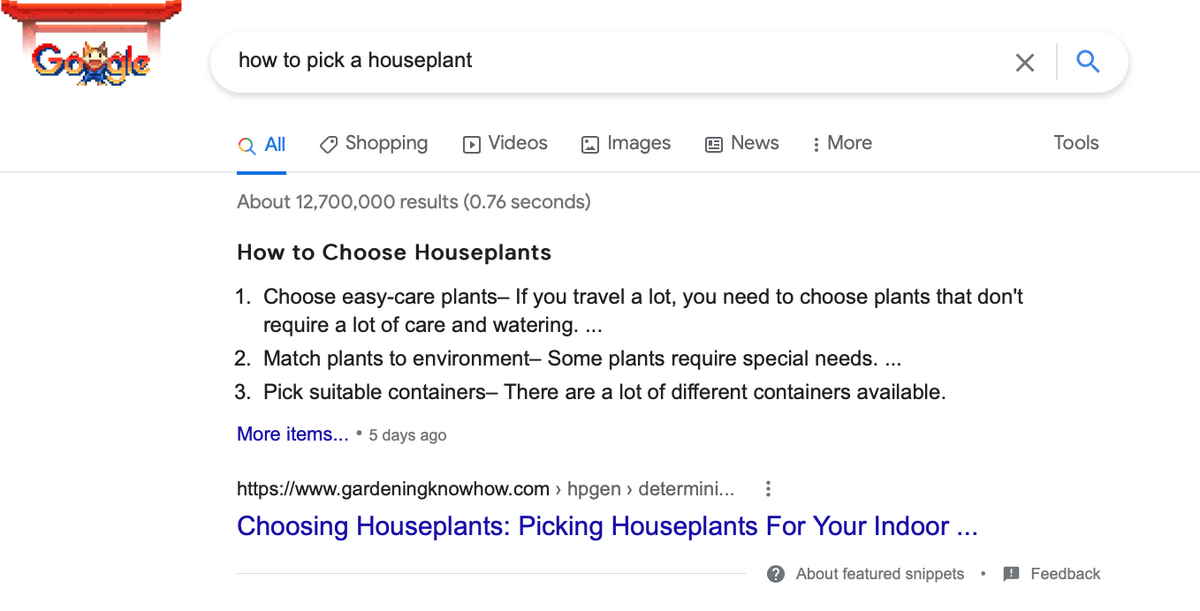
What Google is already prioritizing is a good indicator of the style of content they’re going to put in rank zero moving forward for that keyword. This is a good place to start.
Ranking for featured snippets is anything but a sure-fire thing, and it is frustratingly outside of our control. That being said, if you’re able to create authoritative and well-written answers that address specific user needs, you’re off to a great start.
When in doubt, you can always target niche questions that don’t seem to have good answers yet. They may not attract quite as many hits, but 10 views are better than none. And remember that while featured snippets do take time and effort to rank for, they can offer incredible benefits.
Even without ranking for a featured snippet, however, you’re still writing content that thoroughly addresses a user’s need in a Google-friendly and reader-friendly format. That can help you increase your SERP ranking, whether or not a rank zero slot comes with it.
Looking for more ways to streamline your content marketing & publishing efforts to get results faster? Wordable can help with the upload portion of the process. Learn more here.